What Does a Pearl Symbolize? Unveiling Its Meaning Across Cultures and Time

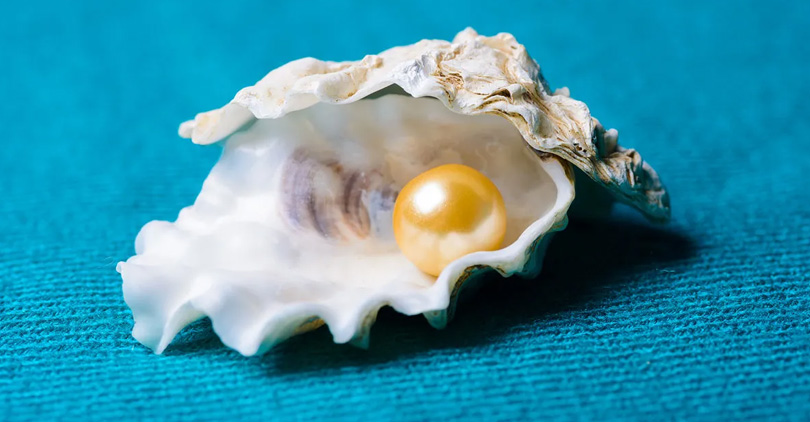
Confused about Pearl’s infinite denote? Turning an irritant into beauty, offering deep meanings across cultures. Soft, lustrous shine picks innate perfection to give purity and divine truth.
Unlike diamonds or rubies, pearls are nature’s mystery of perfection. Born in oceans with a transformative journey delves into the rich meanings. From ancient times to modern trends, pearl bears personal and cultural beliefs. Whether wealth, status, or spirituality, pearls express a deeper meaning.
Want to dive into the depth of pearl’s meanings? Scroll through our guide to unveil deep meaning across cultures and time.
The Origins of a Pearl’s Symbolism: Nature and Transformation

Nature and transformation bear the origin depth of the pearl’s symbolism. Pearls turn irritants into lustrous gems, serving as a metaphor for resilience. The nacre layering with time shows challenges can turn into beauty.
The soft, glowing pearl surface reflects calm, serenity, and harmony. Only the luminous glow speaks for spiritual purity and trust. With a sense of tranquility and spiritual truth, it reflects a peaceful stillness.
Further, the formation process leads to overcoming obstacles in life. The growth of the pearl over time symbolizes the depth of trust and power. So, the origin tracks back and deepens at pearls’s nature and evolution.
Historical and Cultural Symbolism of Pearls
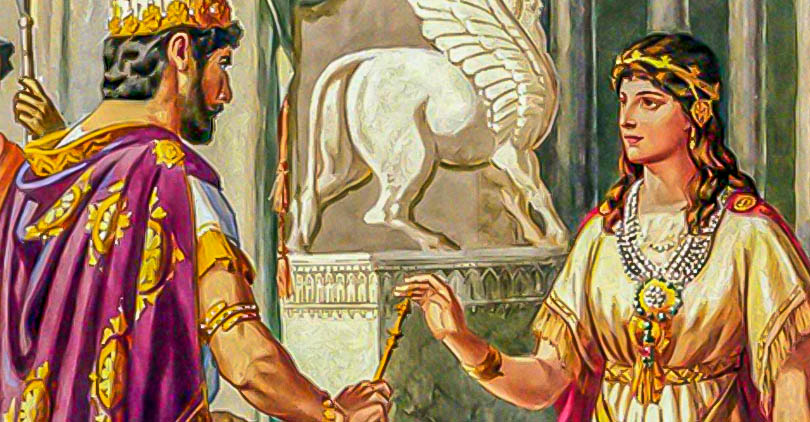
Pearls held deep symbolic meaning in ancient times to various cultures. Let’s dig into the rarity and symbols of ultimate attainment.
Pearls in Ancient Civilizations
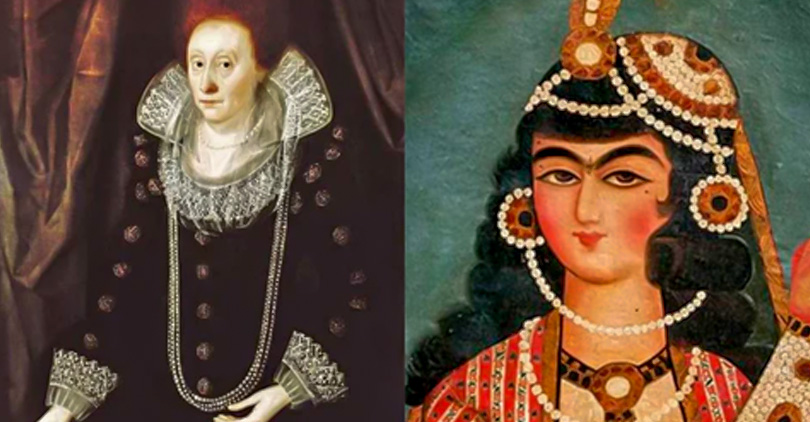
Pearl’s mystic beauty held profound symbolism across ancient history. Even the charm embodied power, protection, love, and wealth with divine depth.
The Chinese wove pearls into protection, symbolizing power and purity. They used mystic pearls to seek protection against fire and dragons. Besides, kings and royals were buried with pearls to seek safety in the afterlife.
In ancient Rome, pearls symbolized status, luxury, and divine favor. Elites wore pearl necklaces to show social status and position. Cleopatra used to dissolve pearls in wine, symbolizing the wealth of Egypt.
The Hellenes believed pearls were a symbol of love and purity. Brides wore pearl pendants to ensure a happy and prosperous union. Greek mythology believed pearls soak up tears, leading to a happy marriage.
The Persians believed that the pearl had a connection with Celestials. Also, they considered pearls as drops of heavenly rainbows. Once they found imperfect ones, they thought storms tainted shapes.
Pearls and Spiritual Symbolism
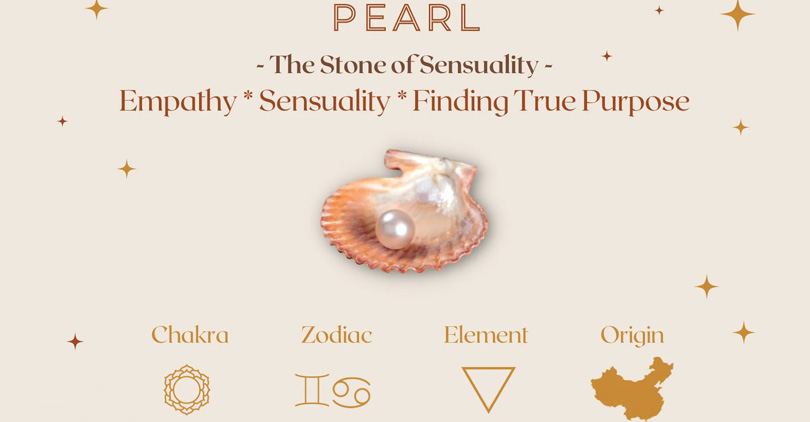
Various religions and regions take up Pearl’s deep spiritual significance. In Islam, pearls are revered as the treasures of Paradise. In the holy Quran, the description of heaven involves pearls as divine rewards. Hence, Islamic teachings symbolize pearls as purity and eternal bliss.
In Hinduism, pearls are considered part of sacred gems to hold cosmic power. With the use of pearls, the spiritual power protects the individual. The Goddess of wealth, Lakshmi, signed pearls to divine blessings. Even ancient texts linked pearls to good fortune that could bring prosperity.
The Bible phrases included pearls as the high stakes of Heaven. Jesus's parable teaches us to attain the price by giving up the other chores. It represents the highest spiritual attainment and symbolizes divine truth.
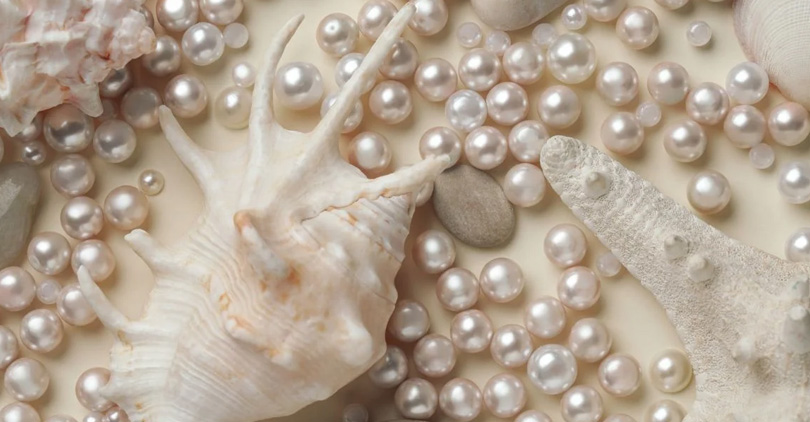
Buddhism reveres pearls as a token of wisdom and spirituality. Kṣitigarbha holds pearls in one hand to grant blessings and dispel darkness. In Buddhist traditions, the pearl signifies power and divine essence.
China and Japan used to place the pearls with the deceased people. They believed that the mystic power helps the soul journey into the afterlife. The divine charm gave souls a safe passage to the next realm.
The Feminine Energy of Pearls: Moon, Water, and Purity

Over centuries, mythology and tradition connected pearls to feminine energy. Due to the pearl’s round shape, various cultures called it the moon's tears. They believed the pearl's soft glow held the moon’s mystic essence. The deep ocean’s born with intuitive aspects bring divine truth to feminine urges.
The Vedic tradition connected pearls with the depth of sky and sea. With heaven's powers and spiritual touch, pearls symbolized divine grace. Greeks and Romans linked pearls with love and feminine allure. Rich women adorned pearl pieces to signify beauty and sensuality.
Cultural peaks on the pearl symbolize love, innocence, and fertility. Even the association ties the pure energy of pearls to the life of brides. From Japan to the West, pearls' delicacy charmed newlyweds. The bridal symbol brought marital harmony and good fortune to the new life.
Pearls as a Symbol of Wealth & Status
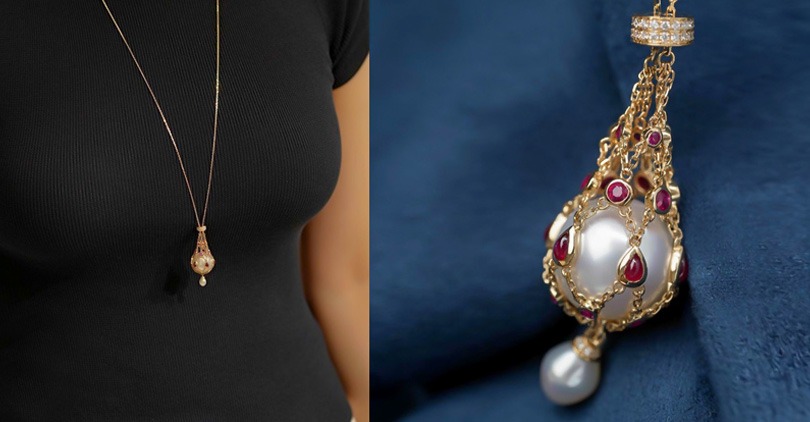
Due to extreme rarity and mystic shine, pearls were only reserved for the royals. The crowns of Kings included pearls as a symbol of power.
Persian kings used pearls on their attire as divine gifts of god. They accepted wearing pearls due to the connection of divine power. Chinese emperors graced attires with pearls, symbolizing power and status. High-ranked officials used to wear pearls to express wealth and prestige.
Indian maharajas accepted pearls as sacred gems to seek divine favor. Royal families cherish pearls into turbans to represent social status. The extravagant taste of the Mughals adorned pearl jewelry as royal insignia.
The divine symbol of pearls lies in the biblical phrase' pearls before swine. The historical context signifies the value more than any other thing. The spiritual and material value of pearls remains untouched even today. Fashion enthusiasts loved pearls to blend into various attires. Royals, celebs, and influencers adorned the mystic allure of pearls in outfits.
Are Pearls Lucky or Unlucky? Superstitions and Beliefs
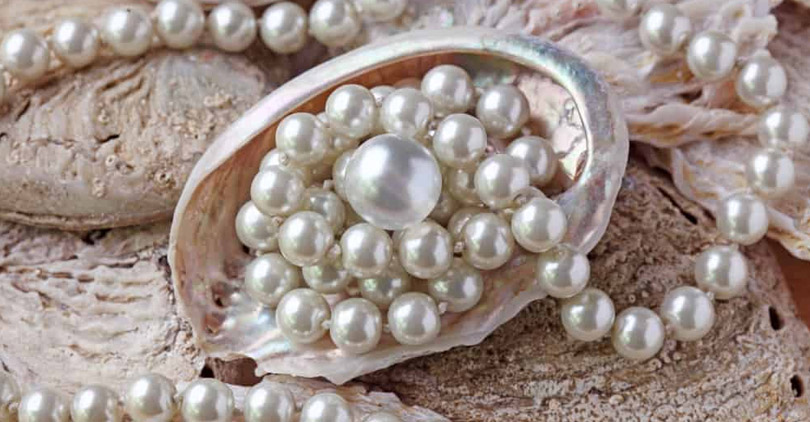
Depending on cultural beliefs, pearls are regarded as lucky or unlucky. Let's dive into the signs of good luck or omens of tears in detail.
Pearls as a Sign of Good Luck
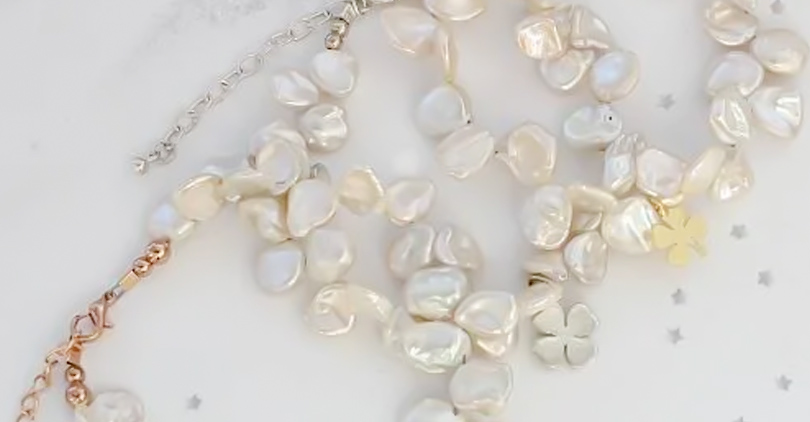
Various beliefs on pearls are associated with luck and positive energy. In China, people regard golden pearls as auspicious gem. Cultural denotes pearls to attract positive energy and personal well-being. Brides used to adorn pearls as the power brings fortune to newlyweds.
In Hindu culture, the pearl symbolizes spiritual wisdom and inner balance. With a connection to the moon, pearls are used as an aid in meditation. Even the deep spiritual essence brings inner peace and clarity. Wearing pearl pieces aligns life with positive karma or spiritual growth.
Many Asian cultures regard pearls as a shield to protect negative energy. The mystic allure can ward off evil forces to bring good fortune. Thus, people wear pearls to cover jewelry desires and spiritual practices.
Pearls as an Omen of Tears
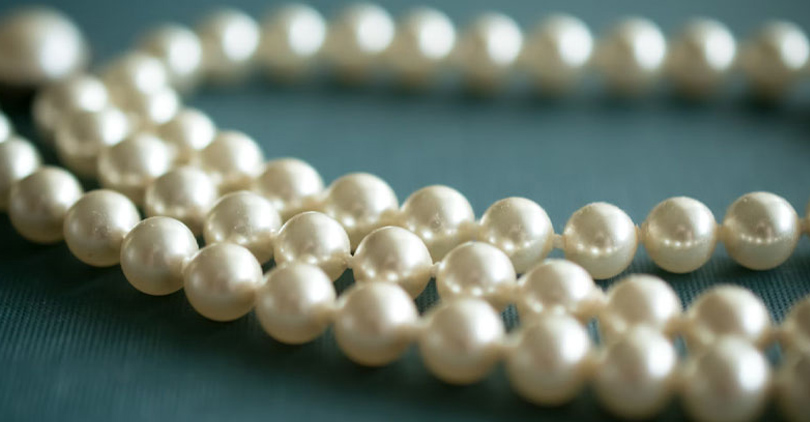
In some cultures, people believed pearls were teardrops of the moon or sea. Even the belief led to wearing pearls at weddings brings tears to life. Hence, brides avoid wearing pearls at weddings because of the superstition.
Few poets reverb pearls as a symbol of sorrow and loss. The people's response to poets leads to hardship and discomfort. Further, some traditions linked pearls with sadness, symbolizing grief. Wearing pearls at funerals evokes tears and emotions.
Pearl Color Meanings: What Different Shades Symbolize
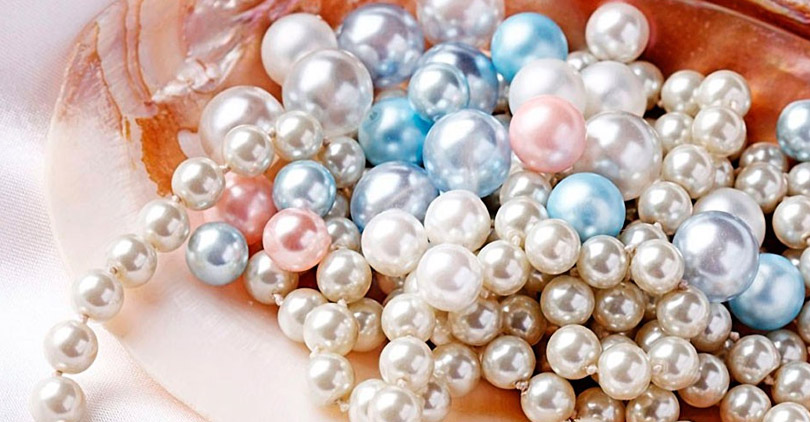
Rather than aesthetic value, pearl color carries deep symbolic meanings. Let's dig into the symbolic meaning of pearl’s different shades.
White Pearls
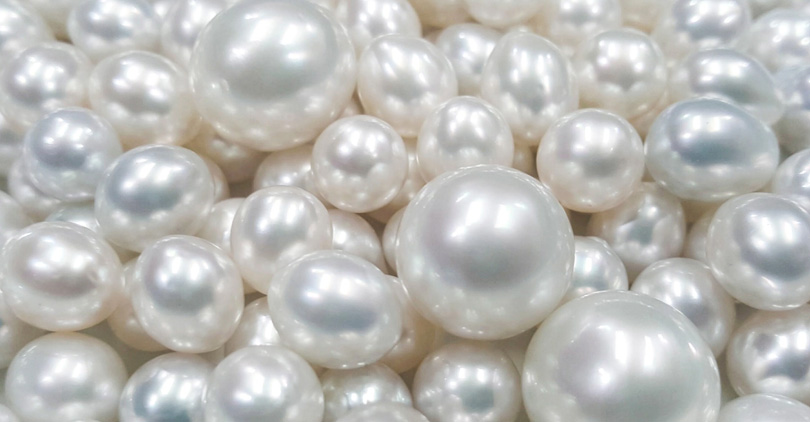
White is the most classic pearl color, which signifies purity and innocence. Legends believed white pearls bring peace and clarity in new beginnings. Wearing white pieces embarks a sense of balance and wisdom. The symbol of truth and sincerity makes a perfect gift for special events.
Black Pearls

Black Pearl exudes a mystic aura with bold and positive energy. It is considered a protective amulet that shields against negative energy. The enigmatic energy helps to overcome challenges in new beginnings. With intrigue yet protective power, the black symbolizes mystery and strength.
Pink Pearls
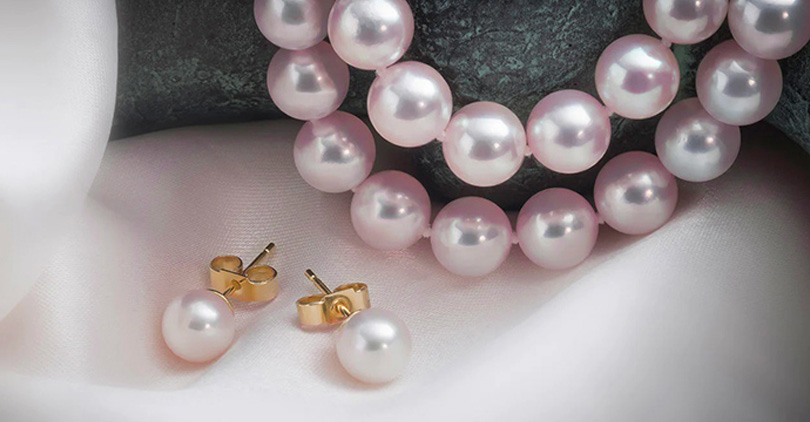
The soft hue of feminine pink pearls symbolizes love and romance. The feelings of emotional healing bring harmony to relations. Even the urge for self-love and inner peace helps to seek happiness. With a link to feelings of compassion, pinks are ideal gifts for loved ones.
Gold Pearls
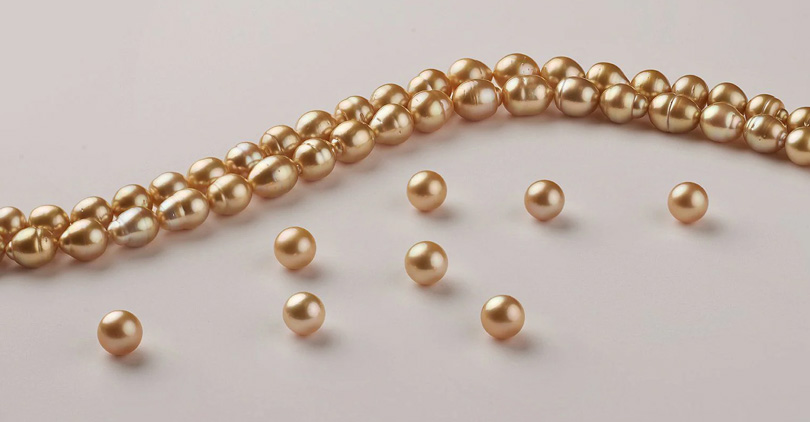
The warmth and opulence of Gold pearls seek prosperity in life. The lucky charm depicts the energy of ambition to bring good fortune. Some cultures believe that wearing a golden pearl offers prosperity in business. With blessings to financial growth, these pearls denote wealth and success.
Blue Pearls

The reflection of the ocean and sky on blue pearls relates to vastness. Due to deep spiritual insight, these pearls represent wisdom and truth. Even the spiritual path brings inner peace by connecting to the universe. The sense of serenity of these pearls offers integrity and clarity.
Green pearls

The vibrant hue of Green pearls signifies harmony in one’s life. The color denoted rebirth and brings good luck. Hence, wearing green pearls can bring prosperity into new steps of life.
Conclusion
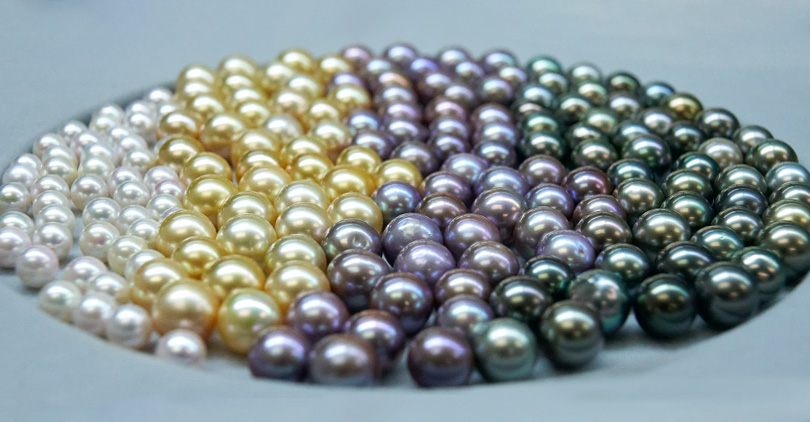
Through the ages, the pearl represents divine things with deep meanings. Turning adversity into beauty delves pearls into deep meanings. Various civilizations revered pearls as symbols of spiritual peace, wealth, and grace.
Innate perfection with a soft glow makes pearls a profound symbol in jewelry. Pearl colors are denoted with different meanings along with aesthetic value. So, visit White Victoria to explore pearls with a modern essence of style.


Leave a Comment